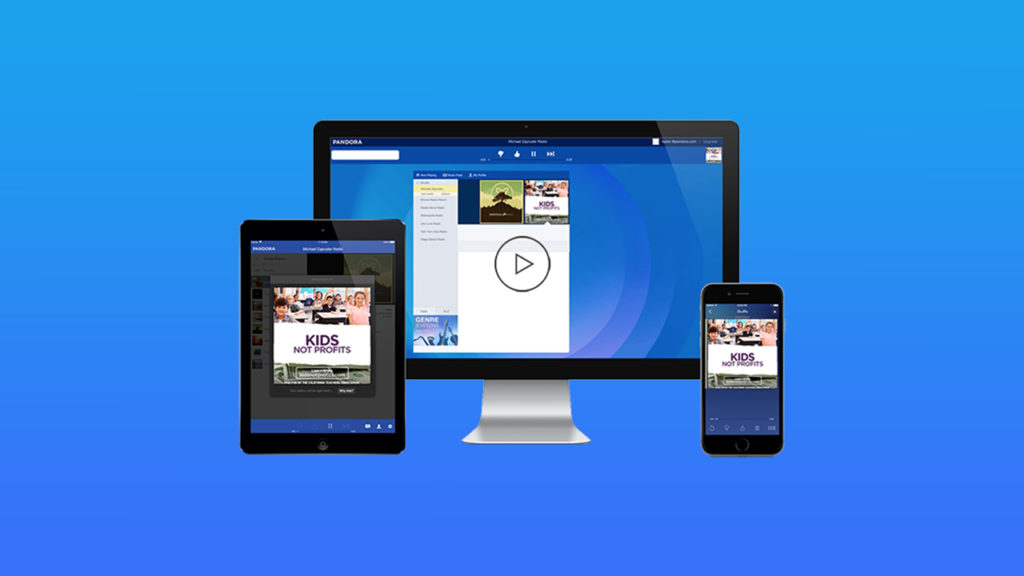Between connected homes, smart speakers and the continued growth of podcasts along with other spoken word formats, audio is experiencing a kind of renaissance. Streaming platform Pandora is helping brands take advantage of this trend by announcing three new ad audio formats: dynamic audio that changes according to different variables; sequential audio for delivering multiple messages over a period of time; and short form audio that delivers the message across in four to ten seconds.
The music streaming platform currently has over 71 million active monthly users across the US, and dynamic audio takes into account a multitude of variables that can include location, time of day, weather and music preference to personalize different aspects of a given ad. For example, if a user is near a coffeehouse on a hot morning, they might be encouraged to get an iced coffee, while someone else could be served an ad for a less caffeinated drink if it’s late in the day.
“We like to say, ‘personalization at scale,’” Pandora vice president of innovation strategy, Claire Fanning, told AList. “Similar how you might target a specific population with a certain message, [dynamic audio] allows for a little more hypertargeting, to the point where you might get thousands of permutations within a single audio ad because of variance from not only within the target itself, but also external parameters.”
Advertisers determine what elements they want to pursue, changing everything from the ad’s background music to the narrator’s voice depending on the tastes that they’re targeting. They can also set the refresh rate to any time span for mobile listeners.
Pandora and Veritonic analytics tested the new ad formats with 20 brand partners. According to Veritonic co-founder and COO Andrew Eisner, two-thirds of test respondents were unaware that they were being served dynamic audio ads, suggesting that there’s room to target and personalize even further. But tests also revealed that dynamic ads created a 125 percent increase in purchase intent and grew brand recall by 13 percent.
The sequential audio format enables storytellers to reach consumers in an architected sequence—meaning brands can use sequential audio to tell different anecdotes around a campaign, describe a brand from different angles, or retailers could showcase multiple products instead of having the same ones presented repeatedly.
Both audio ad formats may complement each other and can be used in coordination with short form audio. One example includes starting with a 30-second ad to begin a story, then following up with multiple 10-second ads to reinforce the message and create awareness without causing fatigue.
“There’s a simplicity of messaging when you’re just trying to get someone into the store,” said Fanning. “Sometimes less is more, and more ends up adding to a diluted message.”
However, performance is brand specific. A 10-second ad where Lays introduced a new potato chip flavor outperformed its 30-second spot, driving a lift in foot traffic, sales and conversions. But the opposite was true for an insurance provider, which needed to be more upfront with its details using a longer ad format.
Pandora is still determining best practices for these ad formats and how they can be used in conjunction with each other. Optimal uses for formats such as sequential audio are also impacted by the kinds of stories brands look to tell. As the company continues to test, it will eventually expand the ad format to podcasts.
“There’s a lot of buzz around the audio space, and the attention is toward ‘what should my audio strategy be,’” said Fanning, emphasizing how personalized ads are new to digital audio. Brands must determine the story they want to tell, how much time they want to spend telling it and whether each component is relevant to individual audiences.

